Reports of the death of Tokyo’s Daikanyama neighborhood have been greatly exaggerated
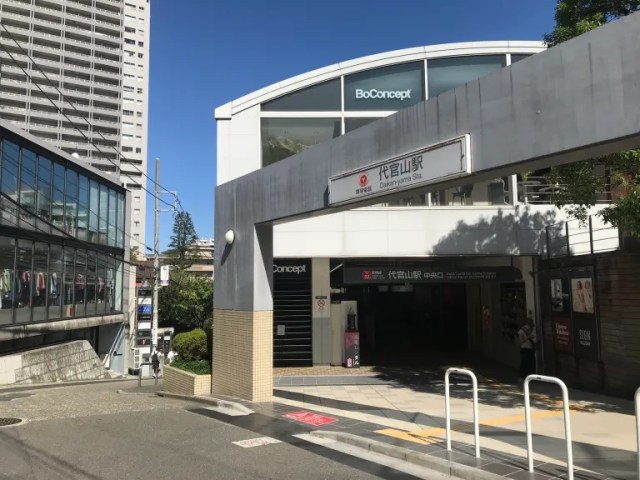
A visit to Shibuya’s low-key, high-class neighbor.
Tokyo’s Shibuya district is world-famous for its gigantic shopping centers and countless bars, and the nearby Nakameguro area’s riverside restaurants and cafes, including the Starbucks Reserve Roastery, have become increasingly popular in recent years. Tucked between them, though, is a neighborhood called Daikanyama.
Though it’s just one station away from Shibuya, Daikanyama has a laid-back, almost suburban feel to it. The buildings and crowds aren’t as big, and the fashions and restaurants not as loud. But starting in the mid-‘90s, Daikanyama developed a reputation as a sophisticatedly fashionable part of Tokyo thanks to its specialty boutiques and classy cafes.
Recently, though, our Japanese-language reporter Mariko Ohanabatake had begun hearing stories online about how Daikanyama has become a ghost town, specifically that it had fallen victim to haikyo-ization (haikyo being a Japanese term for urban ruins). Curious to see if this was true, she hopped on the train for Daikanyama Station to survey the area on foot.
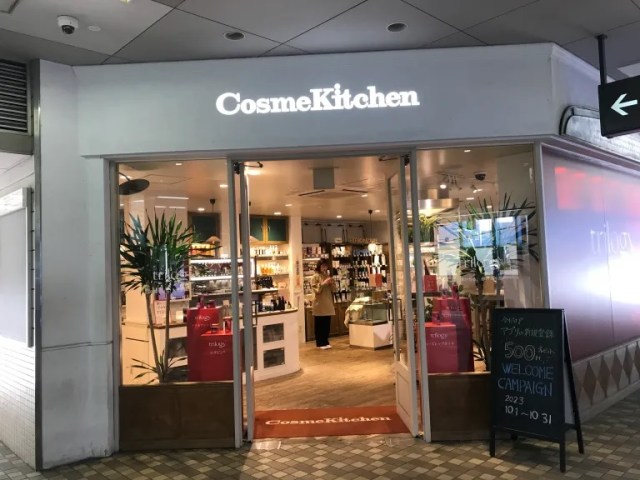
Right as she stepped out of the ticket gates, she saw that the station building’s branch of Cosme Kitchen is still in business. Cosme Kitchen is a popular cosmetics retailer, and seeing that they have a shop in Daikanyama Station, where only the local trains stop, gave her hope that the neighborhood hadn’t entirely turned into a ghost town, since chains like this usually won’t bother running an in-station store unless there’s a pretty good amount of foot traffic in the area.
However, the cafe at the corner of the station building has closed down…
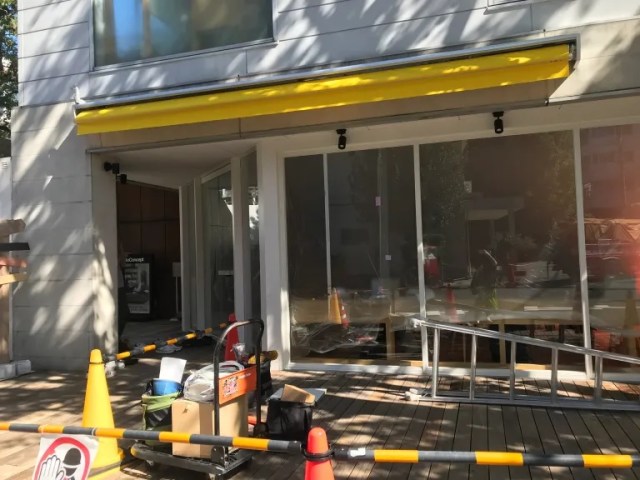
…and in one of the buildings across the street, all of the tenants are gone.
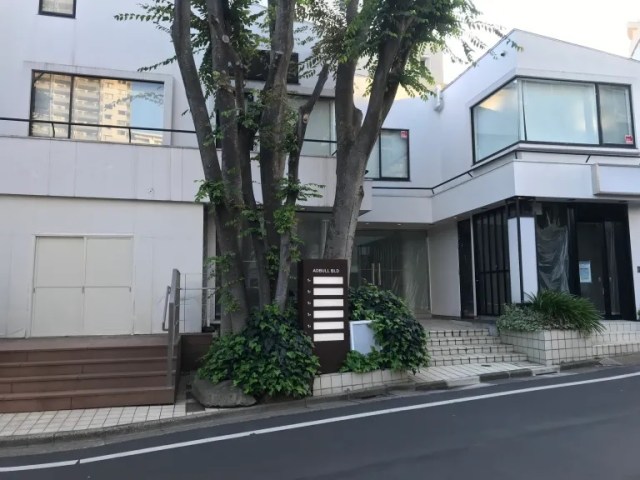
However, Mariko noticed that even the ATM in the empty building is shut down, so she thinks the owners might be planning to knock the structure down and build something newer, and that the building is vacant as a result of the tenants’ leases coming to an end, not that they went out of business from a lack of customers.
Mariko next headed over to Kyu-Yamate-dori and Yahata-dori, the two major boulevards in the neighborhood, both famous for their fashion and housewares shops…


…and saw that these are still there, as well are some stylish cafes…
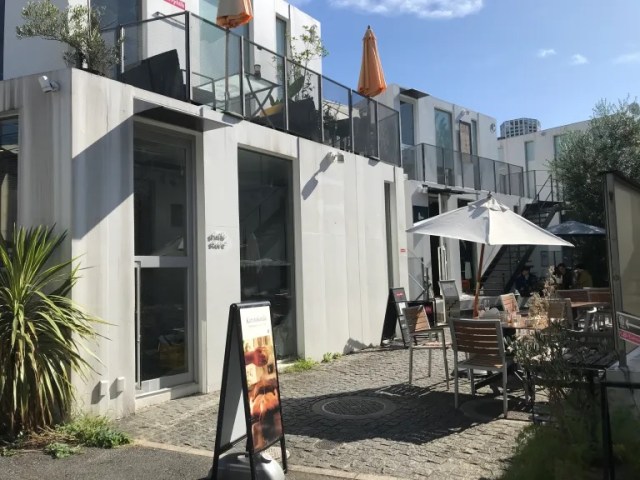
…and the Chez Lui pastry shop, which has been famous for its canelés for years.
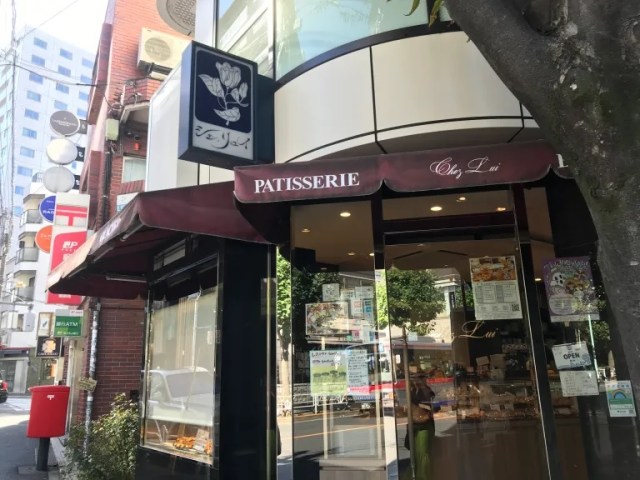
▼ Also still in business: traditional tenugui hand towel merchant Kamawanu.


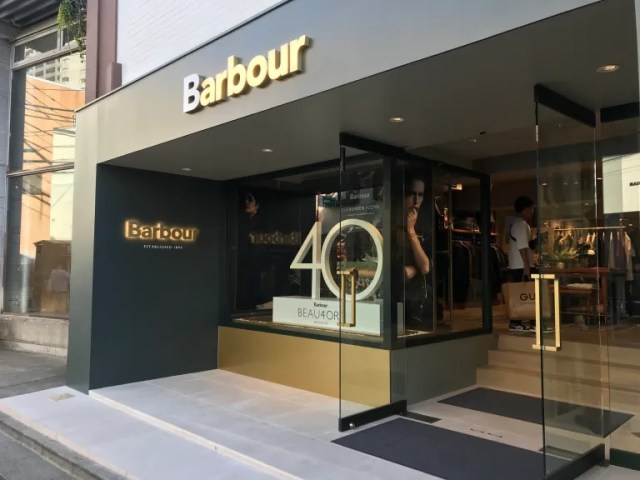
This part of Daikanyama didn’t feel like a ghost town at all, and neither did Daikanyama T-Site.
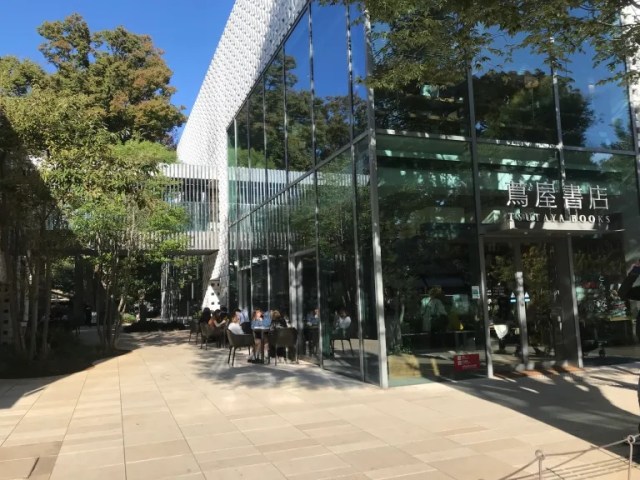
This is a sunny, open-air plaza that spreads out from the Tsutaya chain’s flagship bookstore, with a handful of restaurants and event spaces too. Though it was still within working hours on a Friday afternoon, Mariko saw plenty of people relaxing and sipping a mid-day coffee here.
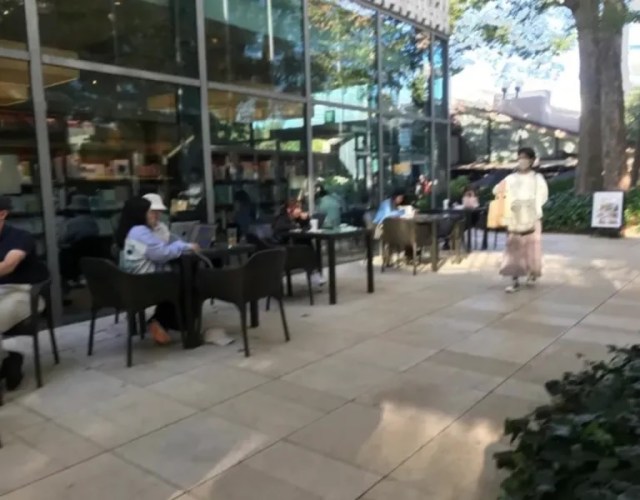
Also not hurting for customers? The Cafe Michelangelo, an upscale Italian restaurant famous for its sidewalk seats that’s been in business for more than 20 years.
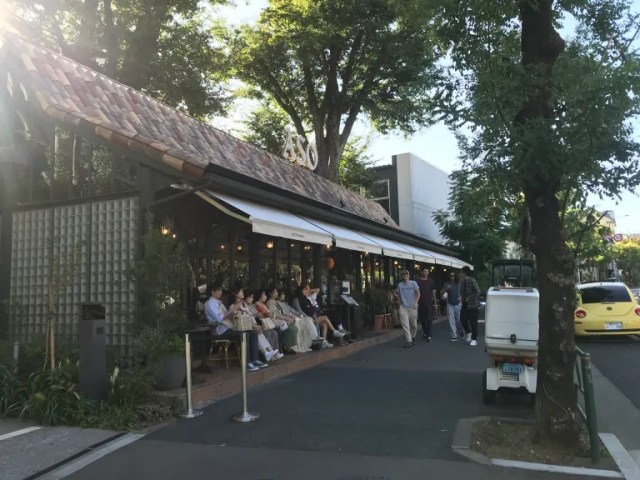
Speaking of the sidewalk, Mariko was sharing it with several locals walking their dogs as freshly washed luxury cars drove past.

Daikanyama Address, a shopping plaza at the base of a condominium tower with a branch of slightly upmarket grocery store Peacock on the ground floor, has a few empty spaces, but not enough for anything close to haikyo status.

It’s even got a branch of 100 yen store Seria…

…and the attached park is being kept up nicely.

However, there is one part of Daikanyama that did feel empty to Mariko.
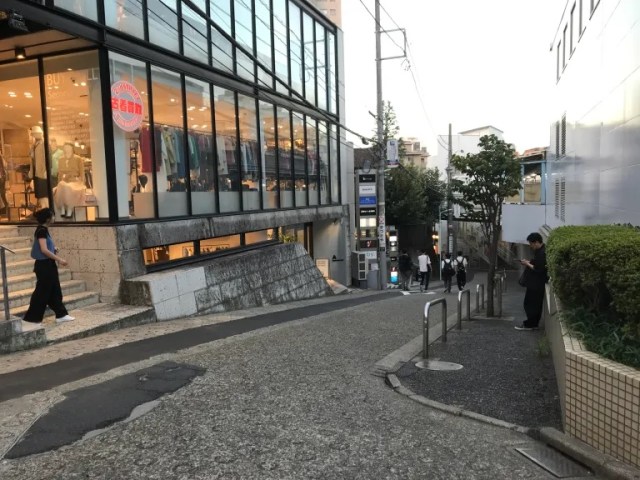
If you follow the road down the slope from Daikanyama Station’s main entrance, it leads into a street that goes to the backside of Shibuya Station, and along the way Mariko noticed a number of empty shops, some with their shutters permanently pulled down.
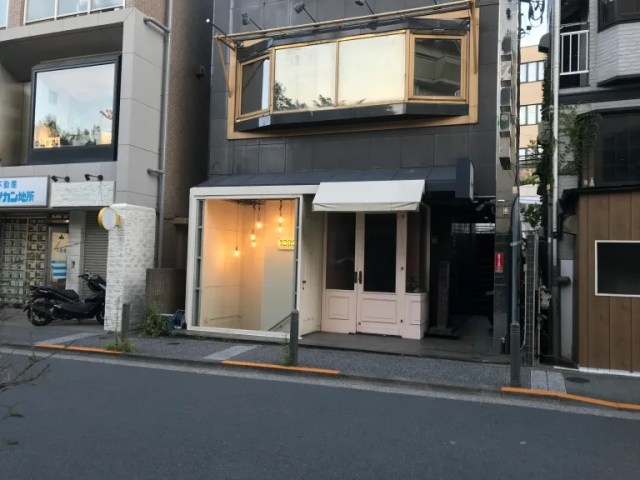
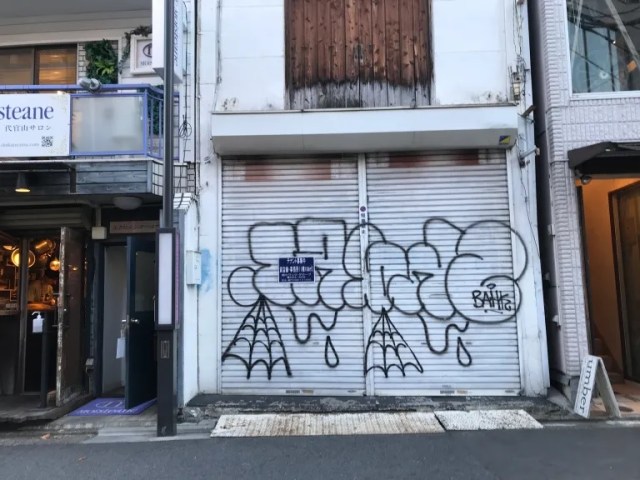
However, this part of the neighborhood has been in decline for some time. As mentioned above, this road leads into Shibuya Station from the southeast, which has long been the least-developed part of the Shibuya neighborhood. Most of Shibuya’s attractions spread out to the northwest, and the handful of new entertainment centers to the southeast are mostly attached to the station building. As a result, not many people make the walk along this street from Daikanyama to Shibuya, since it’s easier to just keep going one more stop on the train and get off at Shibuya Station.
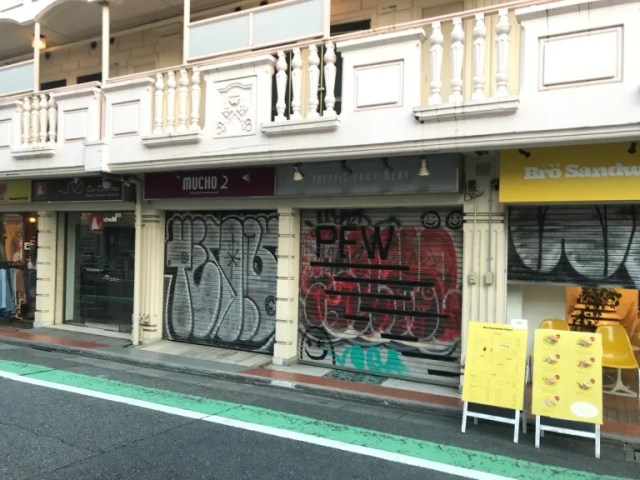
This creates a self-perpetuating cycle: Because this route doesn’t get a lot of foot traffic, it’s hard for businesses to succeed, and because the businesses don’t succeed, there’s less reason for people to walk down this road.
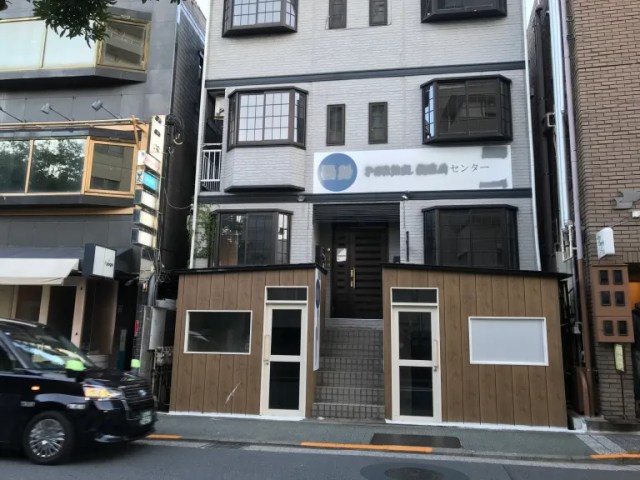
But the other parts of Daikanyama? They seem to be doing just fine.
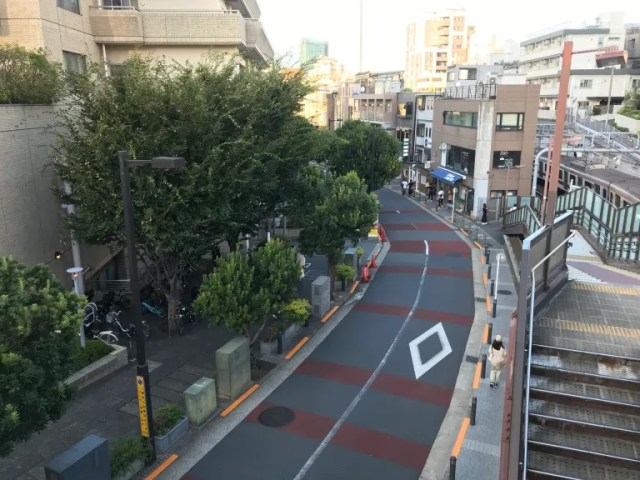
So no, Daikanyama isn’t as busy and bustling as Shibuya, but that was never the case to begin with. The reports of the neighborhood’s death that Mariko had heard were greatly exaggerated, so if you’re looking for a taste of the elegant, fashionable local life, Daikanyama can still provide it.
Photos © SoraNews24
● Want to hear about SoraNews24’s latest articles as soon as they’re published? Follow us on Facebook and Twitter!
Credit:

0 comments:
Post a Comment